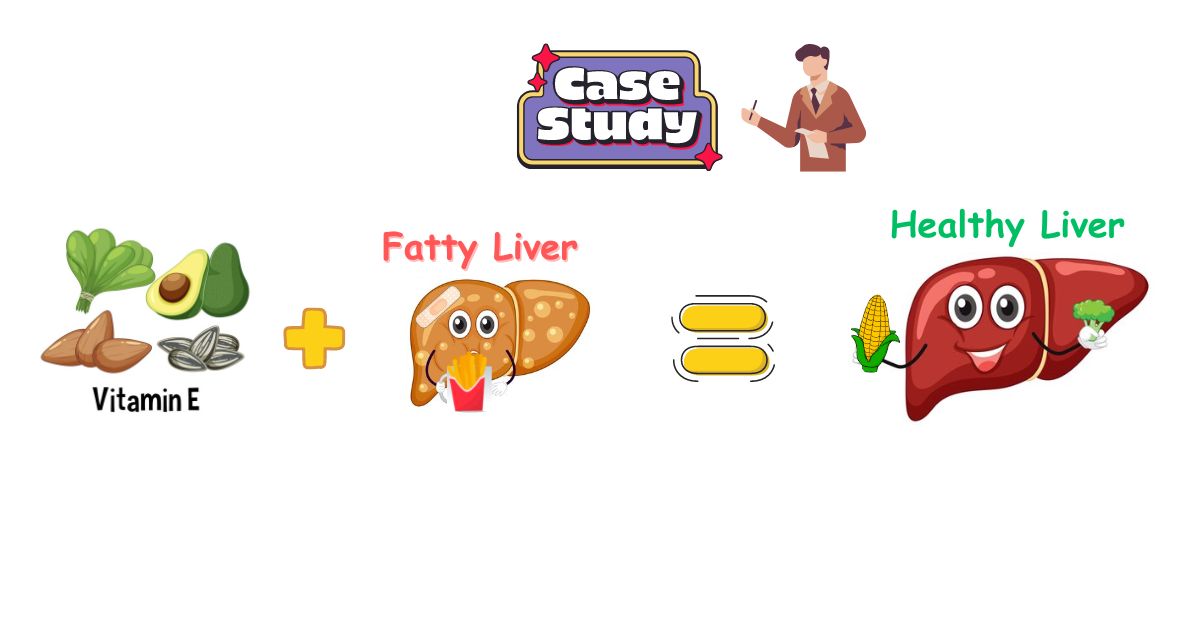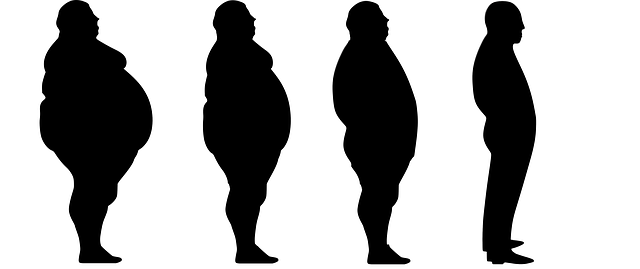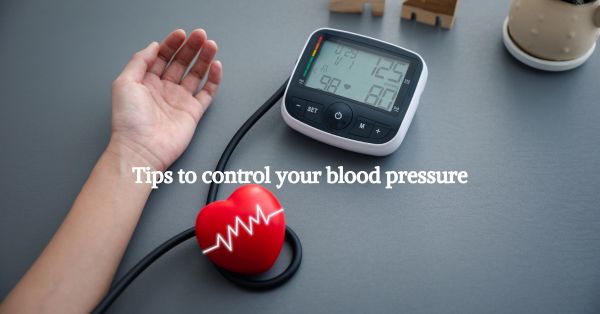“Studies Reveal: Vitamin E – The Ultimate Weapon Against Fatty Liver!”
“Recent studies unveil an astonishing ally in the fight against fatty liver: Vitamin E. Here are some notable studies and their conclusions on the role of vitamin E in the treatment and management of Non-Alcoholic Fatty Liver Disease (NAFLD):
1. PIVENS Trial (2010)
- Study: “A placebo-controlled trial of pioglitazone or vitamin E for nonalcoholic steatohepatitis.”
- Journal: New England Journal of Medicine.
- Participants: 247 non-diabetic adults with biopsy-confirmed nonalcoholic steatohepatitis (NASH).
- Findings: Vitamin E (800 IU/day) significantly improved liver histology in patients with NASH. There were improvements in liver inflammation and ballooning but not in fibrosis.
- Conclusion: Vitamin E is effective in improving liver histology in non-diabetic adults with NASH.
PIVENS ट्रायल (2010)
- अध्ययन: “नॉनअल्कोहलिक स्टीटोहेपेटाइटिस के लिए पायोग्लिटाज़ोन या विटामिन ई का प्लेसबो-नियंत्रित परीक्षण।”
- जर्नल: न्यू इंग्लैंड जर्नल ऑफ मेडिसिन।
- प्रतिभागी: 247 गैर-डायबिटिक वयस्क जिनमें बायोप्सी-पुष्ट नॉनअल्कोहलिक स्टीटोहेपेटाइटिस (NASH) था।
- परिणाम: विटामिन ई (800 IU/दिन) ने NASH वाले रोगियों में यकृत के ऊतकों में सुधार किया। यकृत में सूजन और क्षति में सुधार देखा गया लेकिन फाइब्रोसिस में नहीं।
- निष्कर्ष: विटामिन ई गैर-डायबिटिक वयस्कों में NASH के यकृत ऊतकों में सुधार करने में प्रभावी है।
2. Sanyal et al. (2010)
- Study: “Pioglitazone, vitamin E, or placebo for nonalcoholic steatohepatitis.”
- Journal: New England Journal of Medicine.
- Participants: 247 non-diabetic patients with NASH.
- Findings: Vitamin E treatment resulted in a significant decrease in hepatic steatosis and inflammation compared to placebo.
- Conclusion: Vitamin E is beneficial in treating NASH in non-diabetic patients, improving several aspects of liver histology.
सान्याल एट अल. (2010)
- अध्ययन: “नॉनअल्कोहलिक स्टीटोहेपेटाइटिस के लिए पायोग्लिटाज़ोन, विटामिन ई, या प्लेसबो।”
- जर्नल: न्यू इंग्लैंड जर्नल ऑफ मेडिसिन।
- प्रतिभागी: 247 गैर-डायबिटिक रोगी जिनमें NASH था।
- परिणाम: विटामिन ई उपचार ने प्लेसबो की तुलना में यकृत की सूजन और वसायुक्तता में महत्वपूर्ण कमी की।
- निष्कर्ष: विटामिन ई NASH के उपचार में लाभकारी है, यकृत ऊतकों में कई सुधार लाता है।
3. Lavine et al. (2011)
- Study: “Vitamin E and changes in serum alanine aminotransferase levels in children with nonalcoholic steatohepatitis.”
- Journal: Hepatology.
- Participants: Children with NAFLD.
- Findings: Vitamin E significantly reduced serum alanine aminotransferase (ALT) levels, an indicator of liver inflammation.
- Conclusion: Vitamin E can be an effective treatment for liver inflammation in children with NAFLD.
लवाइन एट अल. (2011)
- अध्ययन: “बच्चों में नॉनअल्कोहलिक स्टीटोहेपेटाइटिस के साथ सीरम एलानाइन एमिनोट्रांस्फेरेस स्तरों में विटामिन ई और परिवर्तन।”
- जर्नल: हेपाटोलॉजी।
- प्रतिभागी: NAFLD वाले बच्चे।
- परिणाम: विटामिन ई ने सीरम एलानाइन एमिनोट्रांस्फेरेस (ALT) स्तरों को काफी कम किया, जो यकृत की सूजन का संकेत है।
- निष्कर्ष: विटामिन ई बच्चों में NAFLD से संबंधित यकृत की सूजन के उपचार में प्रभावी हो सकता है।
4. Sato et al. (2015)
- Study: “Effect of vitamin E on NAFLD/NASH.”
- Journal: Nutrients.
- Participants: Meta-analysis of clinical trials.
- Findings: Vitamin E supplementation significantly improved liver enzymes, hepatic steatosis, inflammation, and ballooning in NAFLD/NASH patients.
- Conclusion: Vitamin E has beneficial effects on liver histology and function in NAFLD/NASH patients.
साटो एट अल. (2015)
- अध्ययन: “NAFLD/NASH पर विटामिन ई का प्रभाव।”
- जर्नल: न्यूट्रिएंट्स।
- प्रतिभागी: क्लिनिकल ट्रायल्स का मेटा-विश्लेषण।
- परिणाम: विटामिन ई सप्लीमेंटेशन ने NAFLD/NASH रोगियों में यकृत एंजाइम, यकृत वसायुक्तता, सूजन, और गुब्बारेपन में महत्वपूर्ण सुधार दिखाया।
- निष्कर्ष: विटामिन ई का NAFLD/NASH रोगियों में यकृत ऊतकों और कार्य में लाभकारी प्रभाव है।
5. Harrison et al. (2012)
- Study: “Vitamin E and C treatment improves fibrosis in patients with nonalcoholic steatohepatitis.”
- Journal: American Journal of Gastroenterology.
- Participants: Adults with NASH.
- Findings: Combination treatment of vitamin E and vitamin C showed improvements in liver fibrosis and overall histology.
- Conclusion: Antioxidant therapy with vitamin E and C can improve liver fibrosis and histological features of NASH.
हैरिसन एट अल. (2012)
- अध्ययन: “नॉनअल्कोहलिक स्टीटोहेपेटाइटिस के रोगियों में फाइब्रोसिस को सुधारने के लिए विटामिन ई और सी उपचार।”
- जर्नल: अमेरिकन जर्नल ऑफ गैस्ट्रोएंटरोलॉजी।
- प्रतिभागी: NASH वाले वयस्क।
- परिणाम: विटामिन ई और सी के संयोजन उपचार ने यकृत फाइब्रोसिस और कुल मिलाकर ऊतक संरचना में सुधार दिखाया।
- निष्कर्ष: विटामिन ई और सी के साथ एंटीऑक्सीडेंट थेरेपी NASH के ऊतकों के विशेषताओं में सुधार कर सकता है।
6. Pak et al. (2013)
- Study: “Vitamin E as a treatment for nonalcoholic steatohepatitis: a systematic review and meta-analysis.”
- Journal: Nutrition.
- Participants: Systematic review and meta-analysis of various clinical trials.
- Findings: Vitamin E significantly improved liver histology in patients with NASH, particularly in terms of steatosis, inflammation, and hepatocellular ballooning.
- Conclusion: Vitamin E is an effective treatment for improving liver histology in NASH patients.
पाक एट अल. (2013)
- अध्ययन: “नॉनअल्कोहलिक स्टीटोहेपेटाइटिस के उपचार के लिए विटामिन ई: एक प्रणालीगत समीक्षा और मेटा-विश्लेषण।”
- जर्नल: न्यूट्रिशन।
- प्रतिभागी: विभिन्न क्लिनिकल ट्रायल्स की प्रणालीगत समीक्षा और मेटा-विश्लेषण।
- परिणाम: विटामिन ई ने NASH रोगियों में यकृत ऊतकों में महत्वपूर्ण सुधार दिखाया, विशेष रूप से वसायुक्तता, सूजन, और गुब्बारेपन के मामले में।
- निष्कर्ष: विटामिन ई NASH रोगियों में यकृत ऊतकों को सुधारने के लिए एक प्रभावी उपचार है।
Conclusion Summary:
- Effectiveness: Vitamin E has been shown to improve liver histology, reduce inflammation, and decrease hepatic steatosis in adults and children with NAFLD and NASH.
- Dosage: Doses are around 800 IU/day.
- Patient Population: Benefits are observed particularly in non-diabetic patients with NASH, although some studies also show effectiveness in diabetic populations.
- Safety: Generally considered safe, but long-term high-dose use should be carried out with caution for illeffects..
These studies collectively suggest that vitamin E is a promising treatment option for NAFLD and NASH, particularly in improving liver histology and reducing inflammation. However, it’s important for patients to consult with their healthcare provider before starting any new supplement regimen.
निष्कर्ष सारांश:
- प्रभावशीलता: विटामिन ई ने यकृत के ऊतकों में सुधार, सूजन में कमी, और NAFLD और NASH वाले बच्चों और वयस्कों में यकृत वसायुक्तता में कमी दिखायी है।
- खुराक: सामान्यतः अध्ययन किए गए खुराक लगभग 800 IU/दिन होती हैं।
- रोगी जनसंख्या: गैर-डायबिटिक रोगियों में विशेष रूप से लाभकारी प्रभाव देखा गया है, हालांकि कुछ अध्ययन डायबिटिक जनसंख्या में भी प्रभावशीलता दिखाते हैं।
- सुरक्षा: आम तौर पर सुरक्षित माना जाता है, लेकिन लंबे समय तक उच्च खुराक का उपयोग दुष्प्रभावों के लिए सावधानी के साथ किया जाना चाहिए।
ये अध्ययन सुझाव देते हैं कि विटामिन ई NAFLD और NASH के उपचार में एक प्रभावशाली विकल्प हो सकता है, विशेष रूप से यकृत ऊतकों में सुधार और सूजन को कम करने में। हालांकि, किसी भी नए सप्लीमेंट आहार को शुरू करने से पहले रोगियों को अपने स्वास्थ्य सेवा प्रदाता से परामर्श करना महत्वपूर्ण है।
“Boost Your Liver Health with Vitamin E: Nature’s Shield Against Fatty Liver Disease!”
“अपने यकृत को स्वस्थ बनाए रखें: वसायुक्त यकृत रोग के खिलाफ प्रकृति की ढाल – विटामिन ई!”
Vit E & Fatty Liver/NASH Treatment (विटामिन ई और फैटी लीवर)







